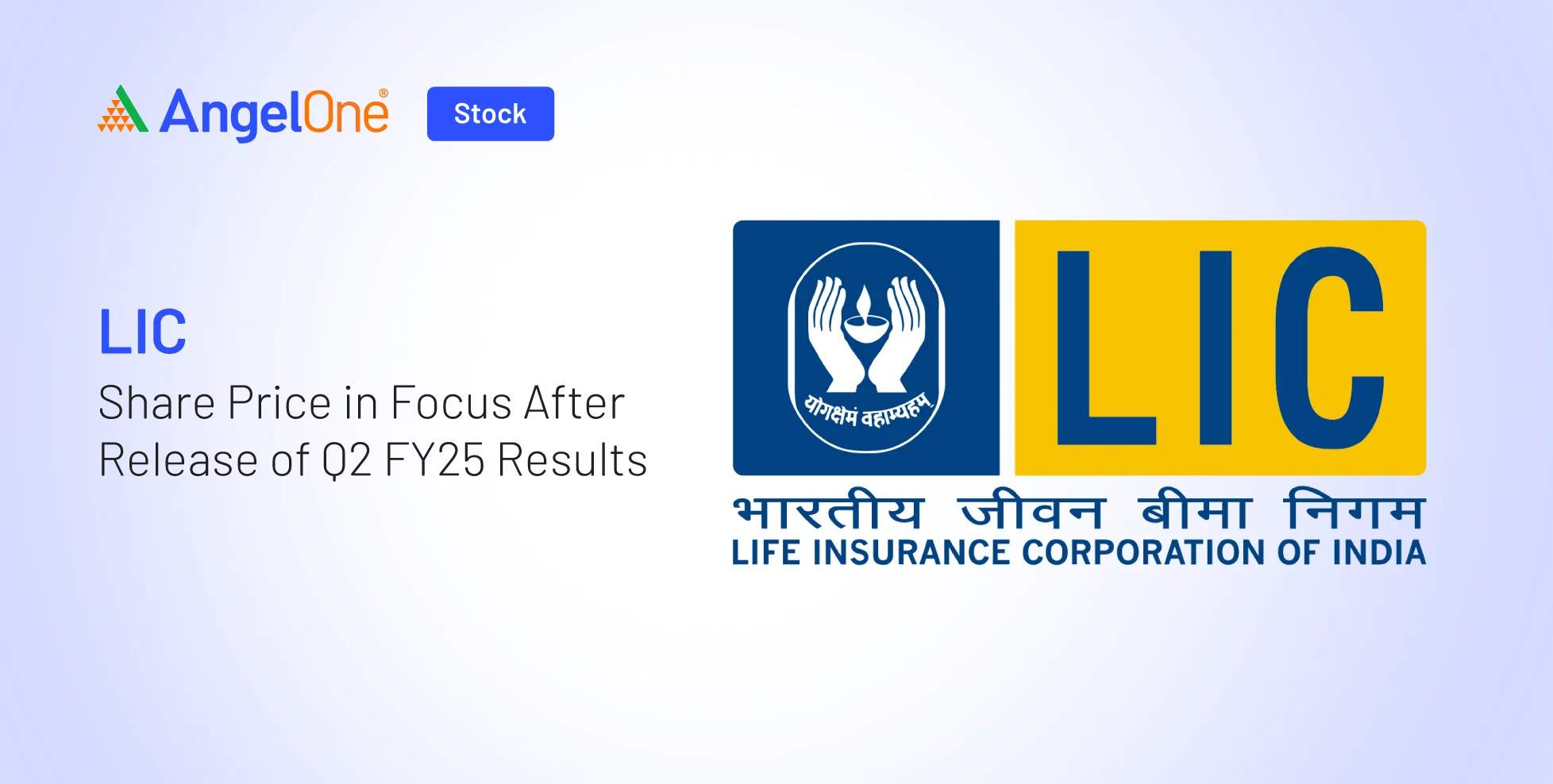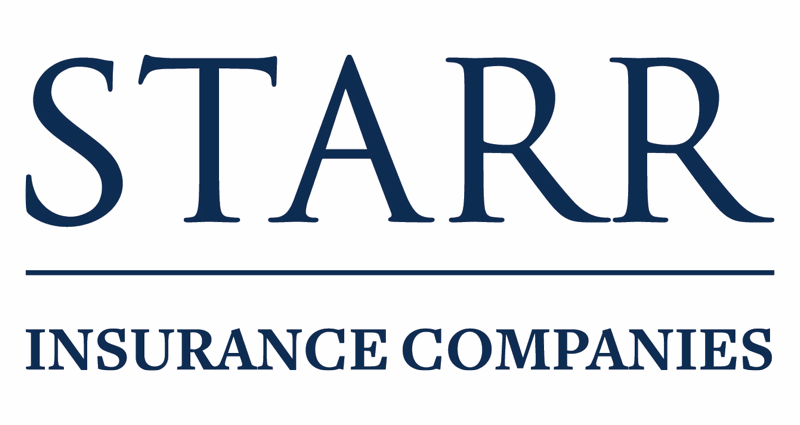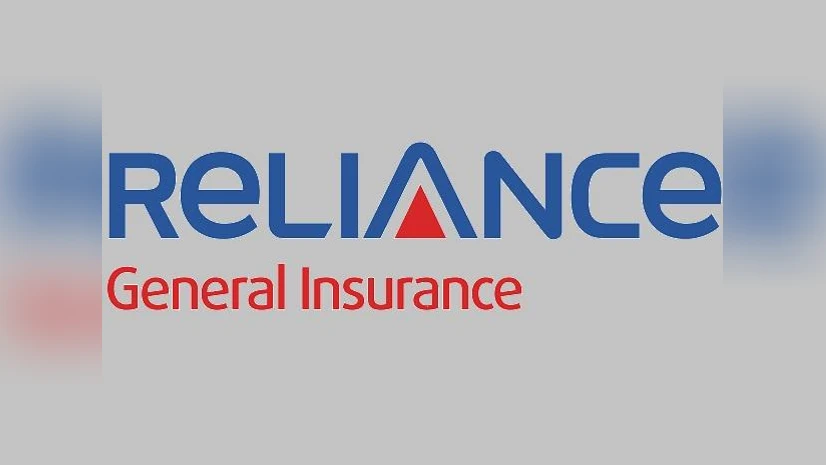Q2 Life Insurance Sales Surge: The U.S. life insurance market witnessed an unprecedented surge in policy sales during the second quarter of 2025, as new annualized premiums soared by 13% to $4.5 billion, according to LIMRA’s retail life insurance sales survey results. These figures, representing 80% of the U.S. market, highlight a robust rebound in consumer demand for life insurance solutions amid economic uncertainty and market volatility.
Northwestern Mutual led the industry, generating $572 million in new annualized premium for the quarter, followed by Pacific Life in second place. Prudential Financial attracted the most total premium, amassing nearly $1.1 billion in Q2 2025. Remarkably, the number of life insurance policies sold rose by 7% in the second quarter, marking the highest growth rate recorded in LIMRA’s quarterly survey since 1983.
The first half of 2025 saw new annualized premiums exceed $8.4 billion, reflecting an 11% year-over-year increase. The overall policy count grew 4% YTD, underscoring a broad-based expansion in life insurance adoption. However, the industry still faces significant challenges, as 100 million Americans remain underinsured, according to Sean Grindall, Senior Vice President at LIMRA and LOMA.
Indexed Universal Life Insurance Leads the Growth
Record-Breaking Sales Performance
Indexed Universal Life (IUL) emerged as the primary growth driver, setting new records for both quarterly and mid-year sales. In Q2, IUL new premium surged 31% to $1.2 billion, driven by high demand for investment-protected products amid volatile equity markets.
Key Growth Factors
Top IUL providers reported continued success due to several factors:
- More simplified and competitive product solutions
- Expanded distribution channels
- Introduction of new tools to accelerate the sales process
- Strengthened distributor relationships
The policy count increased 4% in the second quarter, and for the first six months of 2025, IUL new premium reached a record $2.1 billion, up 21% year-over-year. Overall, IUL accounted for 25% of the total U.S. life insurance market in the first half of the year.
Read about: AI Slashes Insurance Admin Overload: How Applied Systems Brings 99%+ Accuracy to Commissions
Variable Universal Life Insurance Also On the Rise
Variable Universal Life (VUL) experienced significant growth, with new premium increasing 17% to $611 million in Q2. The number of VUL policies sold rose by 2%, supported by positive growth from half of the VUL writers, including seven of the top ten carriers.
For the first six months of 2025, VUL new premium totaled $1.2 billion, reflecting a 27% year-over-year increase, while policy count improved 4%. VUL represented 14% of the total U.S. individual life insurance market during this period.
Whole Life Insurance Sales Remain Strong
Whole Life (WL) insurance posted its third consecutive quarter of positive growth. In Q2, WL new premium climbed 6% to $1.6 billion, with policy count increasing by 14%, marking the strongest growth in policy sales over the last 25 years.
Karen Terry, Corporate Vice President at LIMRA, highlighted that “final expense and other smaller-face whole life policies continue to drive overall WL sales growth amid economic uncertainty.” In the first half of 2025, WL new premium totaled $3.1 billion, up 4% year-over-year, and accounted for 45% of the total life insurance market, the highest market share since 1995.

Term Life Insurance Shows Moderate Growth
Term Life Insurance recorded $792 million in new premium, up 3% from Q2 2024. Policy count increased by 1%, with growth largely attributed to online distributors and expanded distribution channels.
For the first six months of 2025, term life new premiums exceeded $1.5 billion, up 1% year-over-year, while policy count remained stable compared to 2024. Term life represented 18% of total U.S. life insurance sales during this period.
Fixed Universal Life Insurance Sees Decline
Unlike other segments, Fixed Universal Life (Fixed UL) experienced a downturn. New fixed UL premium dropped 8% to $245 million in Q2, and policy count fell 7% from the previous year.
For the first half of the year, Fixed UL new premium totaled $483 million, declining 5% year-over-year, while policy count contracted 8%. Fixed UL accounted for 6% of the total U.S. life insurance market in the first six months of 2025.
Conclusion
The second quarter of 2025 marked a remarkable rebound in U.S. life insurance sales, driven by strong consumer demand, particularly for Indexed Universal Life and Variable Universal Life products. The surge in new annualized premiums and policy sales reflects the growing awareness of financial protection amid market volatility and economic uncertainty.
Indexed Universal Life led the market with record-setting sales, supported by product innovations and expanded distribution channels. Whole Life and Term Life insurance also demonstrated steady growth, while Fixed Universal Life faced a notable decline.
Despite this growth, the industry still faces a coverage gap, with 100 million Americans uninsured or underinsured, indicating significant potential for further market expansion.
Looking ahead, the life insurance industry is expected to continue evolving, driven by technological advancements, changing consumer needs, and new distribution strategies, ensuring sustained growth in the years to come.
Also read: MotoGP 2025: Yamaha Unveils V4-Powered YZR-M1 – A Major Shift from Inline-Four Engine
Frequently Asked Questions
1. Why are Indexed Universal Life (IUL) insurance sales growing so rapidly?
Indexed Universal Life insurance is growing rapidly due to its appeal in volatile equity markets. Consumers are increasingly seeking life insurance products that offer both protection and investment growth potential. The growth is fueled by simplified product designs, competitive pricing, enhanced sales tools, and expanded distribution networks, which make it easier for consumers to understand and purchase these policies.
2. How does Variable Universal Life (VUL) differ from other life insurance products?
Variable Universal Life (VUL) differs by combining life insurance protection with investment options. Policyholders can allocate a portion of their premiums into a selection of investment sub-accounts, allowing for potential cash value growth based on market performance. This makes VUL attractive for consumers seeking higher returns compared to traditional whole or term life insurance, though it comes with higher risk and complexity.
3. What factors contributed to the strong performance of Whole Life insurance in Q2 2025?
Whole Life insurance performed strongly due to the continued demand for final expense and smaller-face policies. Economic uncertainty drove consumers to seek stable and predictable life insurance options. Whole Life offers guaranteed death benefits and fixed premiums, making it especially attractive during volatile economic periods.
4. Why is Fixed Universal Life (Fixed UL) experiencing a decline in sales?
Fixed Universal Life sales declined due to changing consumer preferences and competition from other life insurance products offering greater flexibility or investment potential. Fixed UL policies provide a guaranteed interest rate on cash value but lack the investment upside of VUL or the indexed growth potential of IUL, making them less appealing in the current market environment.
5. What does the future hold for the life insurance market in the U.S.?
The future of the U.S. life insurance market looks promising, with continued growth expected, particularly in Indexed Universal Life and Variable Universal Life segments. Technology, digital distribution channels, and innovative product designs will continue to reshape the market, making life insurance more accessible and customer-friendly. However, the industry must address the persistent coverage gap of 100 million Americans, which presents a significant opportunity for growth.






